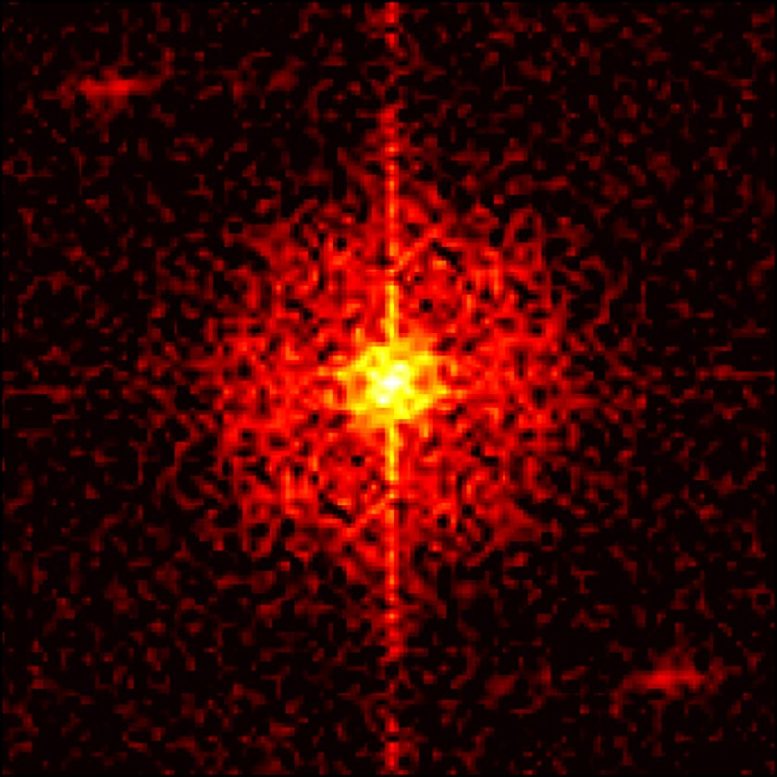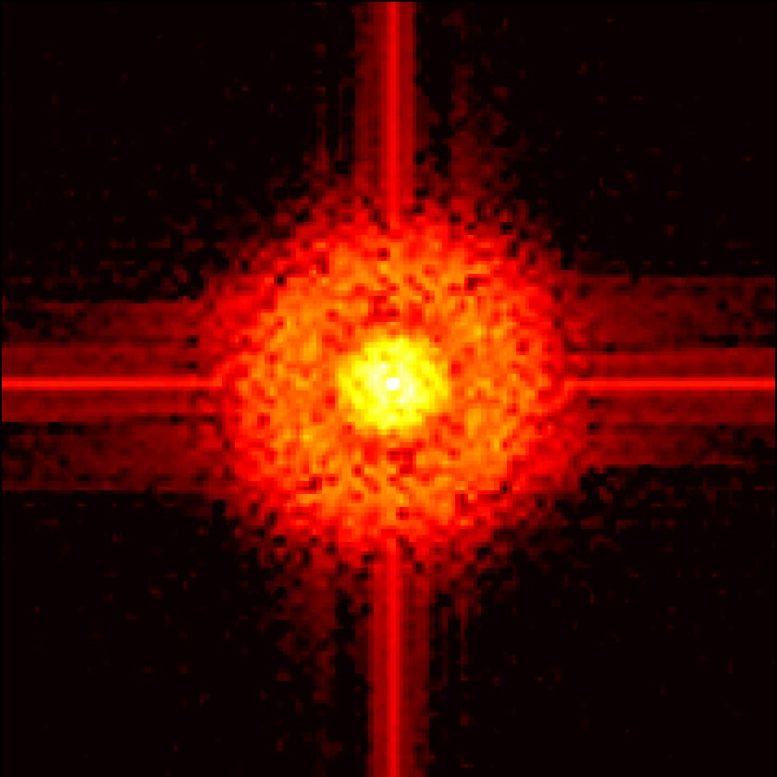Physicists have directly imaged Landau Levels – the quantum levels that determine electron behavior in a strong magnetic field – for the first time since they were theoretically conceived of by Nobel prize winner Lev Landau in 1930. Using scanning tunneling spectroscopy – a spatially resolved probe that interacts directly with the electrons – scientists at institutions including the University of Warwick and Tohoku University have revealed the internal ring-like structure of these Landau Levels at the surface of a semiconductor. The experimental challenge in the work was to have sufficient spatial resolution in order to overcome the intrinsic disorder in the material which usually only allows the observation of smeared out “drift” states. The images clearly show that Landau was right when he predicted that, in a clean system, the electrons would take on the form of concentric rings, the number of which increase according to their energy level. This simple counting behavior forms the basis of the so-called quantum Hall effect. While originally of mostly fundamental interest, the effect has in recent years been used to define the standard for what we mean by electrical resistance and could soon be employed to define the kilogram as well. Professor Rudolf Roemer of the Department of Physics at the University of Warwick said: “This is an exciting step for us, we are really seeing for the first time individual quantum mechanical wave functions of electrons in real materials. “On the face of it this might seem far removed from everyday life. “However the question of what defines a kilogram is currently being debated, with the spacing between the rings of these Landau levels acting as a kind of marker for a universal weight. “So next time you measure out your sugar to bake a cake, you might unknowingly be making use of these quantum rings.” The research was published in the journal Physical Review Letters. Reference: “Robust Nodal Structure of Landau Level Wave Functions Revealed by Fourier Transform Scanning Tunneling Spectroscopy” by K. Hashimoto, T. Champel, S. Florens, C. Sohrmann, J. Wiebe, Y. Hirayama, R. A. Römer, R. Wiesendanger and M. Morgenstern, 12 September 2012, Physical Review Letters.DOI: 10.1103/PhysRevLett.109.116805

